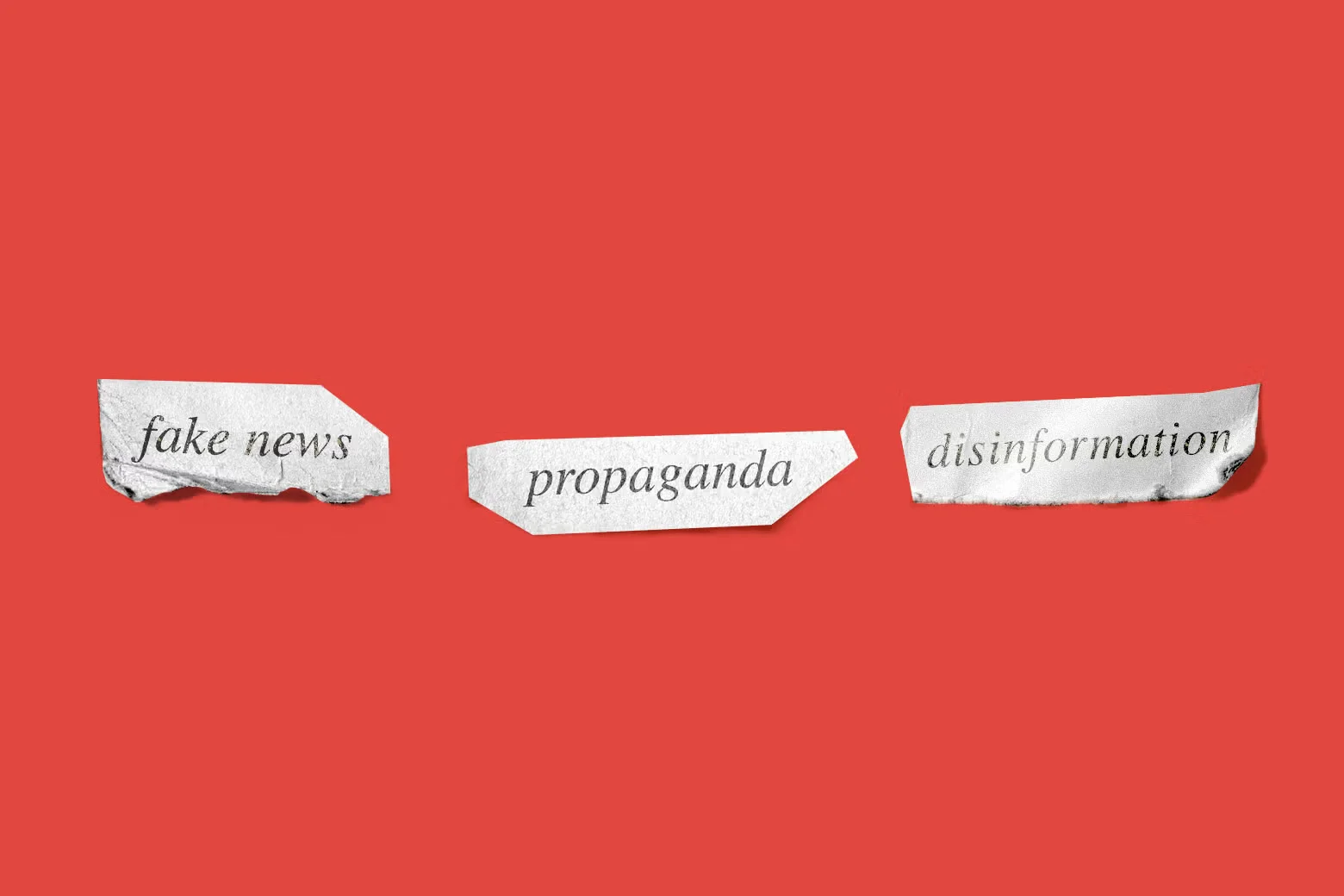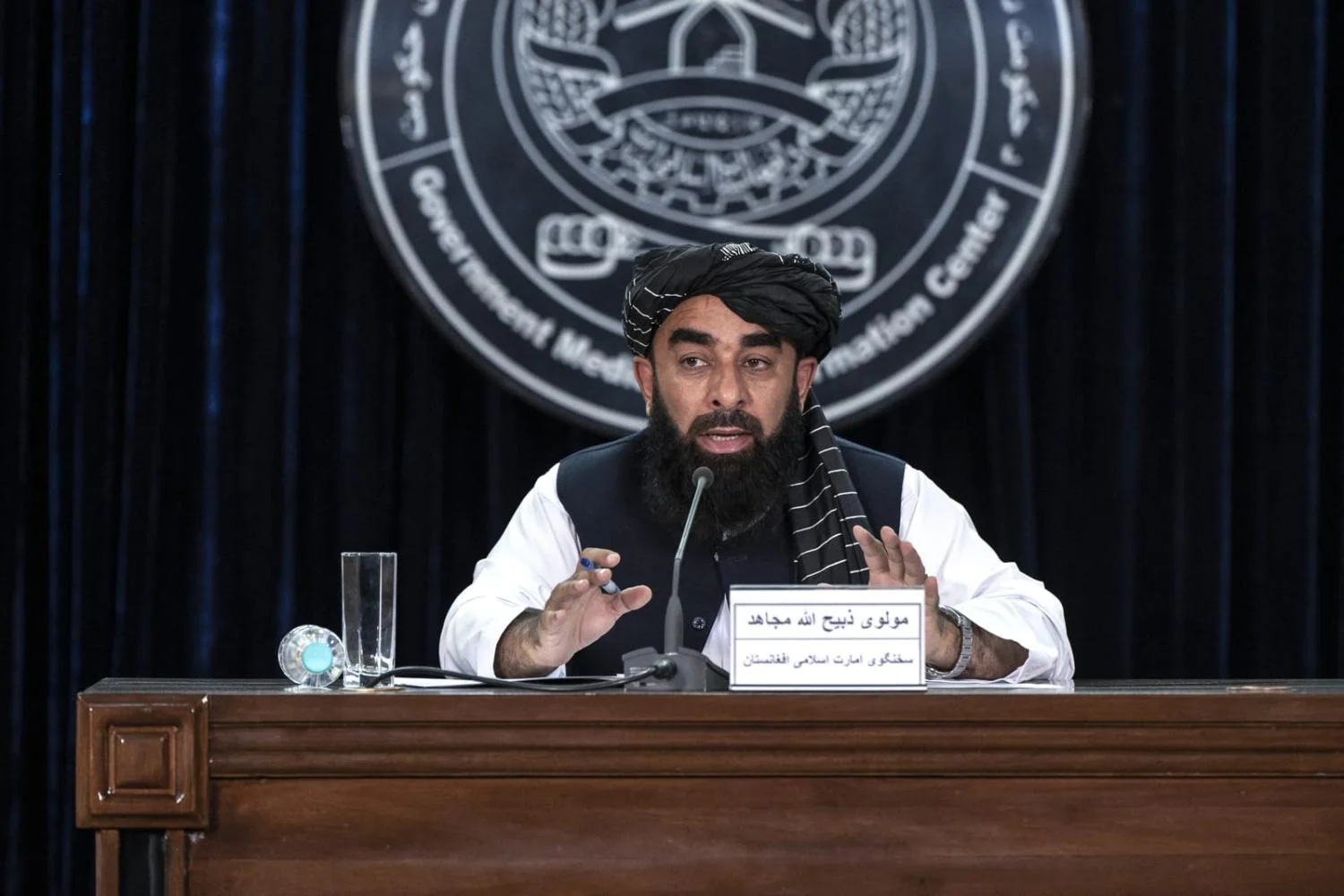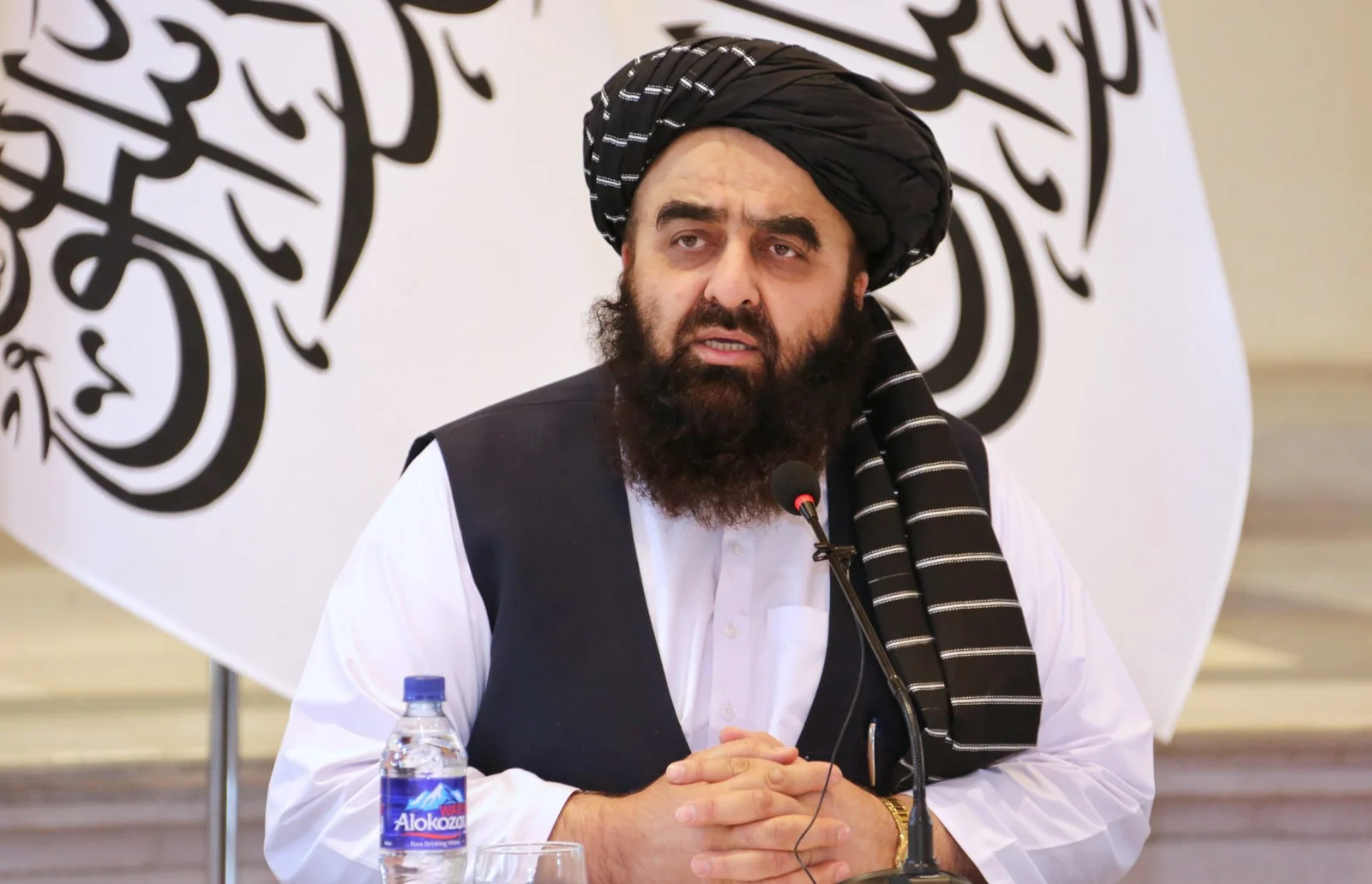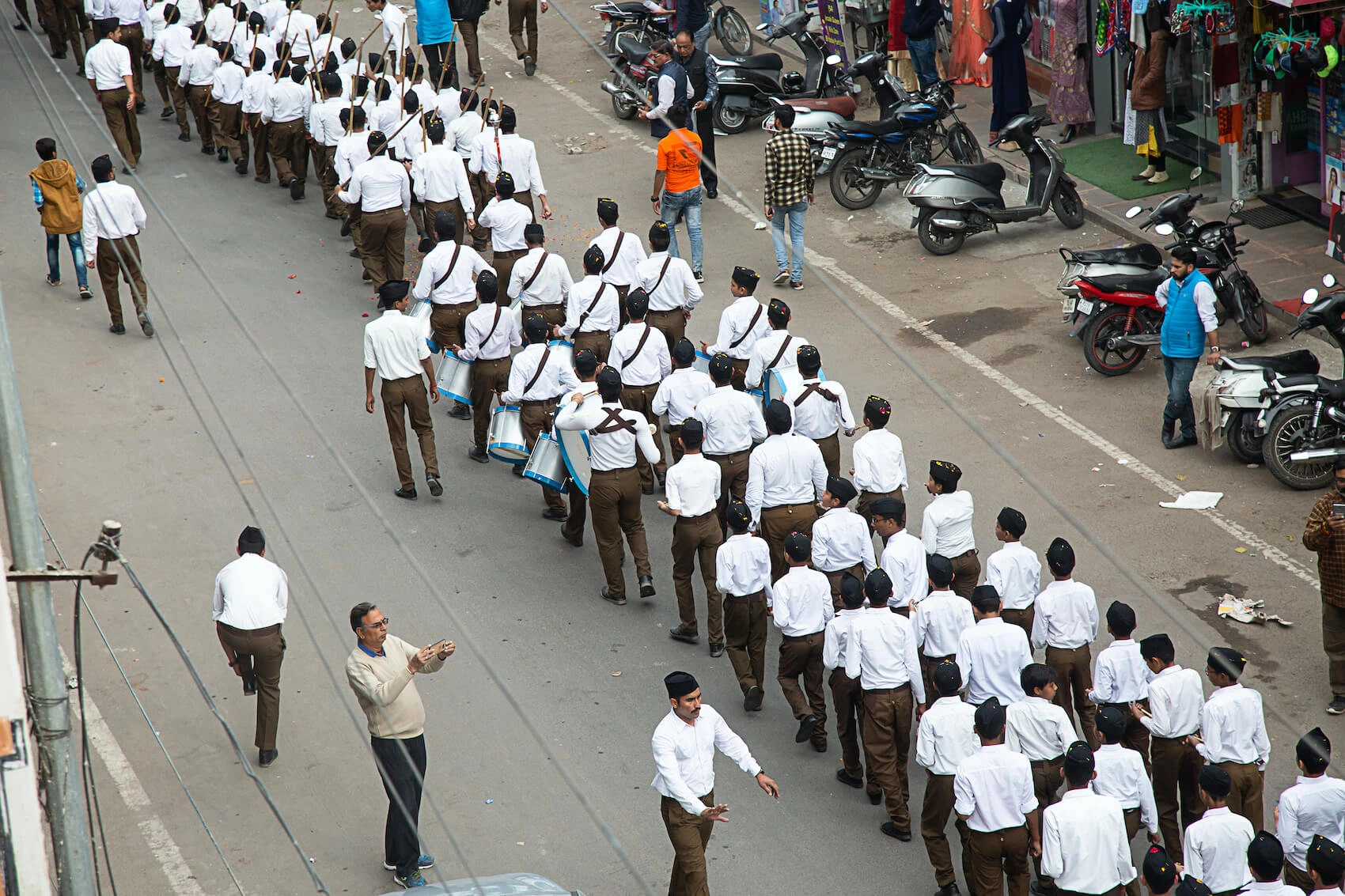What unfolded in Khyber Pakhtunkhwa’s Chitral district in Pakistan on the morning of September 6 was a classic case of a militants versus armed forces encounter. However, what ensued on social media looked like nothing less than a war. Militants of the banned Tehrik-e-Taliban Pakistan (TTP) tried to attack and take over two military posts. These posts are along the border that Chitral shares with Afghanistan’s three provinces. The militants came from Afghanistan’s side of the border. As a retaliatory response, forces repulsed and pushed them back. They searched and cleared the surrounding area and villages for any militants who might be hiding.
A “tense calm” prevails in Chitral in sharp contrast to the boiling chaos in digital spaces.
The first few reports that emerged on social media falsely claimed that the TTP had taken over several villages in Chitral. These reports further hyped the attack by propelling TTP’s usual propaganda. The outfit claimed exaggerated figures of casualties among Pakistan’s security forces. Sideways, a stream of anti-Pakistan voices started pouring in a fire of hatred. Some media outlets in India that usually thrive on anti-Pakistan narratives were amongst the first few to float exaggerated headlines. Afghanistan’s diaspora soon picked up these partial and incomplete news reports. They exploited these reports to make a case for fueling the fire that Afghanistan and Pakistan can never coexist peacefully.
The streak of unconfirmed, biased conclusions drawn from the Chitral situation did not stop here.
The sight was very alarming. People shared old and irrelevant videos online. These videos falsely stated that the TTP had taken many security personnel hostage.
Had it not been an organized intent to portray the encounter as TTP’s victory, the online discourse would not have missed reports of in-fighting in TTP. This in-fighting also contributed to their quick retreat.
TTP’s Digital Threat
The TTP could not gain anything substantial on the ground from this encounter but it tried hard to push propaganda as reliable information.
This is not to deny that TTP remains an imminent threat to Pakistan; a threat that must be responded to and eliminated as a policy priority, but the flip side of this threat is its reach in digital space.
The information catastrophe that simultaneously unrolled on social media was as much a display of unethical conflict reporting practices as it was of a relatively organized online campaign, that was extracting its life and blood from TTP’s Telegram footprint. However, a gap in authentic information indeed opens room for misinformation and disinformation. But sometimes disinformation is at such a massive scale that actual information cannot find its way through the smoke screen. A viable way to minimize the damage that disinformation causes is to have a fully functional tunnel of communication between the parties that disinformation seeks to harm.
In the events of Chitral, a discourse to reduce the prospects of peace between Pakistan and Afghanistan fully played out.
It was nothing less than a red carpet-moment for all those who can never miss a chance to repeat the playbook of discord between the two countries. TTP, stationed in Afghanistan, will remain a flash point between the two countries unless they proactively charter a course that can build trust in the first place. Until that happens, information catastrophes will very well be the norm.






